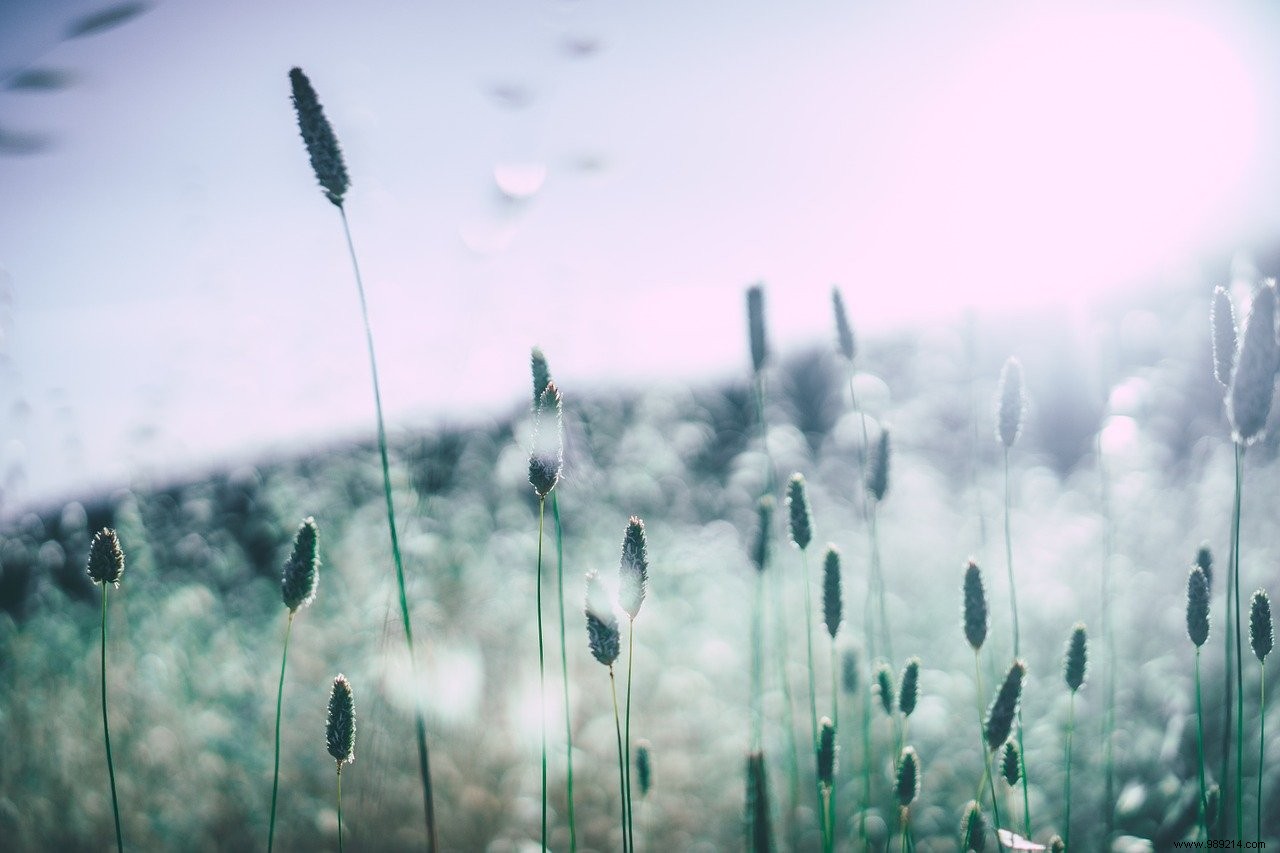The results of a study published on Monday, February 8 show that the pollen season in North America has lengthened considerably in thirty years. Pollen concentration has also changed, partly due to a warmer climate.
Pollens represent the male reproductive elements of plants, released to allow fertilization. Two types are distinguished. On the one hand, there are the so-called "entomophilous" pollens, carried from flower to flower by insects. And on the other hand, there are the so-called "anemophile" pollens which are the main culprits of allergic reactions.
The latter are indeed emitted in large quantities by vegetation and can be dispersed by the wind over tens of kilometres. Their small size also allows them to easily enter the airways. It is estimated that pollen allergy affects about one in four French people . The true causes of these allergies are not really known. However, genetic background would be a rather important factor.
As a rule, the pollen season begins in early spring and runs through the summer to end in early fall. However, many allergy sufferers feel that things get worse over time. There is indeed an increasing sensitivity with age. However, Dr. William Anderegg of the University of Utah thought there might be another factor at play:climate change.
As part of a study, he and his team examined data from pollen counting stations across the United States and Canada, ranging from 1990 to 2018. The researchers then found several things. Already, the concentration of pollen had increased by 21% during this period . This concentration has also evolved more where temperatures have increased most rapidly.
In addition, the authors found that the pollen season seems today to start about twenty days earlier on average compared to the early 90s to end about ten days earlier. In other words, it lasts on average ten days longer than thirty years ago.
While these changes were seen everywhere, areas like Texas and the US Midwest saw the greatest increases in total pollen over these years. “A number of smaller-scale studies, usually in greenhouses on small plants, had indicated strong links between temperature and pollen “, underlines Anderegg in a press release. “This study reveals this connection on a continental scale “.

For the authors, climate change might not be the only factor explaining these observations. However, according to their model, it is likely that climate change is still responsible for about half of the extra days observed during this period, as well as 8% of the additional concentration of pollen . Finally, they also found that climate change influenced the pollen season more over the years.
In other words, "climate change is likely to have an even greater impact on pollen seasons and respiratory health in the near future “, concludes William Anderegg.